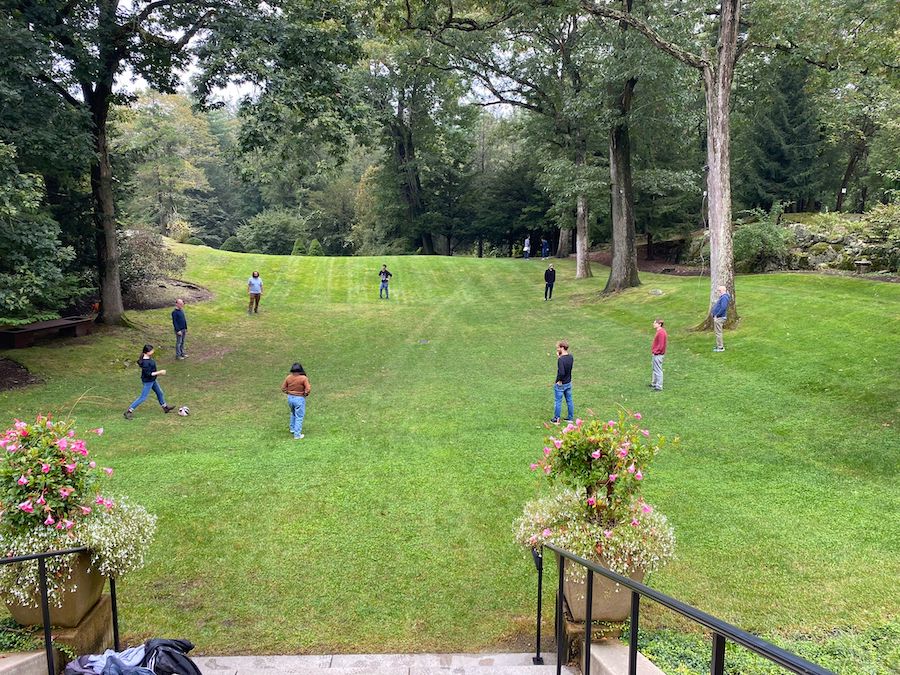Speaker: Tanya Bondarenko (Harvard)
Title: Scope-marking in Georgian, and the impossibility of long-distance movement
Time: Tuesday, October 3rd, 1pm - 2pm
Location: 32-D461
Abstract: In this work in progress, I present some observations about long-distance dependencies in Georgian. Georgian is a language that lacks long-distance wh-movement, (1): wh words cannot be extracted across a finite clause boundary. To express the meaning of a long-distance question, a construction with wh scope marking is used, (2), where a wh-expression in the embedded clause co-occurs with the wh-word ra “what” in the matrix clause.
(1) Long-distance wh extraction
*ra-s1 pikrobs mariami, [rom t1 č’ams šota]?
what-ACC thinks Mariam.NOM COMP is.eating Shota.NOM
‘What does Mariam think that Shota is eating?’
(2) Wh scope marking
ra-s pikrobs mariami, [rom ra-s č’ams šota]?
what-ACC thinks Mariam.NOM COMP what-ACC is.eating Shota.NOM
‘What does Mariam think that Shota is eating?’
In this talk I argue that the construction in (2) does not involve a long-distance dependency: the two wh-expressions are not part of the same movement chain. I propose that a version of the indirect dependency approach (Dayal 1994) can account for the properties of wh scope marking in Georgian: the two wh-words undergo movement in each of their respective clauses to a position between VoiceP and TP (Borise 2023), and then the embedded CP is adjoined to the matrix one.
If this analysis is on the right track, it suggests that true long-distance dependencies are absent in Georgian, and the question is: why? At the end of the talk, I will offer some speculations I have, and solicit suggestions on where to look for the answer.









